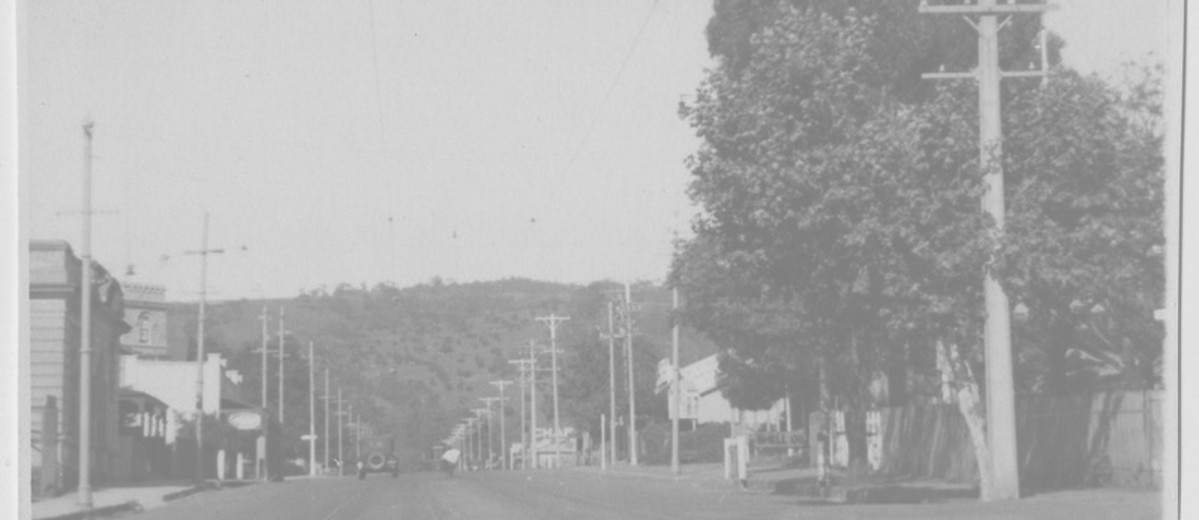Thing
ContributeUnique to and ubiquitous throughout South Australia, the ugliness of stobie poles is periodically denounced, as also the mortal damage which they can and do inflict on the occupants of any vehicle unlucky enough to strike one at speed. An engineering solution to the state’s lack of tall, termite-resistant hardwood for poles to carry power lines and telephone wires, the pole was designed by James Cyril Stobie, who joined the Adelaide Electric Supply Company in 1916 at the age of 21 years. After obtaining an engineering degree from the University of Adelaide, Stobie went on to become chairman of the South Australian division of the Institute of Engineers, and manager for engineering research in the Electricity Trust of South Australia.
Stobie’s design, patented in 1924, consists of two perpendicular lengths of steel-channel section held apart by bolts, the intervening space filled with concrete which protects the steel from corrosion and gives the whole structure its unforgiving near-indestructibility. Climbing plants, typically geraniums, are frequently trained up stobie poles in an attempt to offset their unsightliness, while in the suburb of Prospect and elsewhere they have been decorated both by professional artists and community groups. Yet despite its lack of beauty and toll on life, the cost of undergrounding power supplies and institutional inertia is likely to keep the stobie pole part of South Australia’s land-and townscape for the indefinite future.
Media
Add mediaImages

Image courtesy of the State Library of South Australia, SLSA, Robjohns Collection: PRG 287/1/5/80, Public Domain.

Image courtesy of the State Library of South Australia, SLSA: B 7509, Public Domain.


Comments
CommentAdd new comment
Thanks Don, an unassuming but essential invention.
Also common in Hobart.
Glad to know the humble Stobie has its supporters Marcus.
I love stobie poles sooooooo much. They are my favourite thing about South Australia. They are definitely not ugly! And they have truly become a South Australian icon, which needs to be preserved and respected.
Thanks for adding a different perspective Charmianne.
I disagree with your rather emotive description of the Stobies. As for safety, well, they don’t leap out in front of drivers who are determined to hit them.
And their appearance is no more depressing than an endless forest of dead trees used as poles in other urban landscapes.